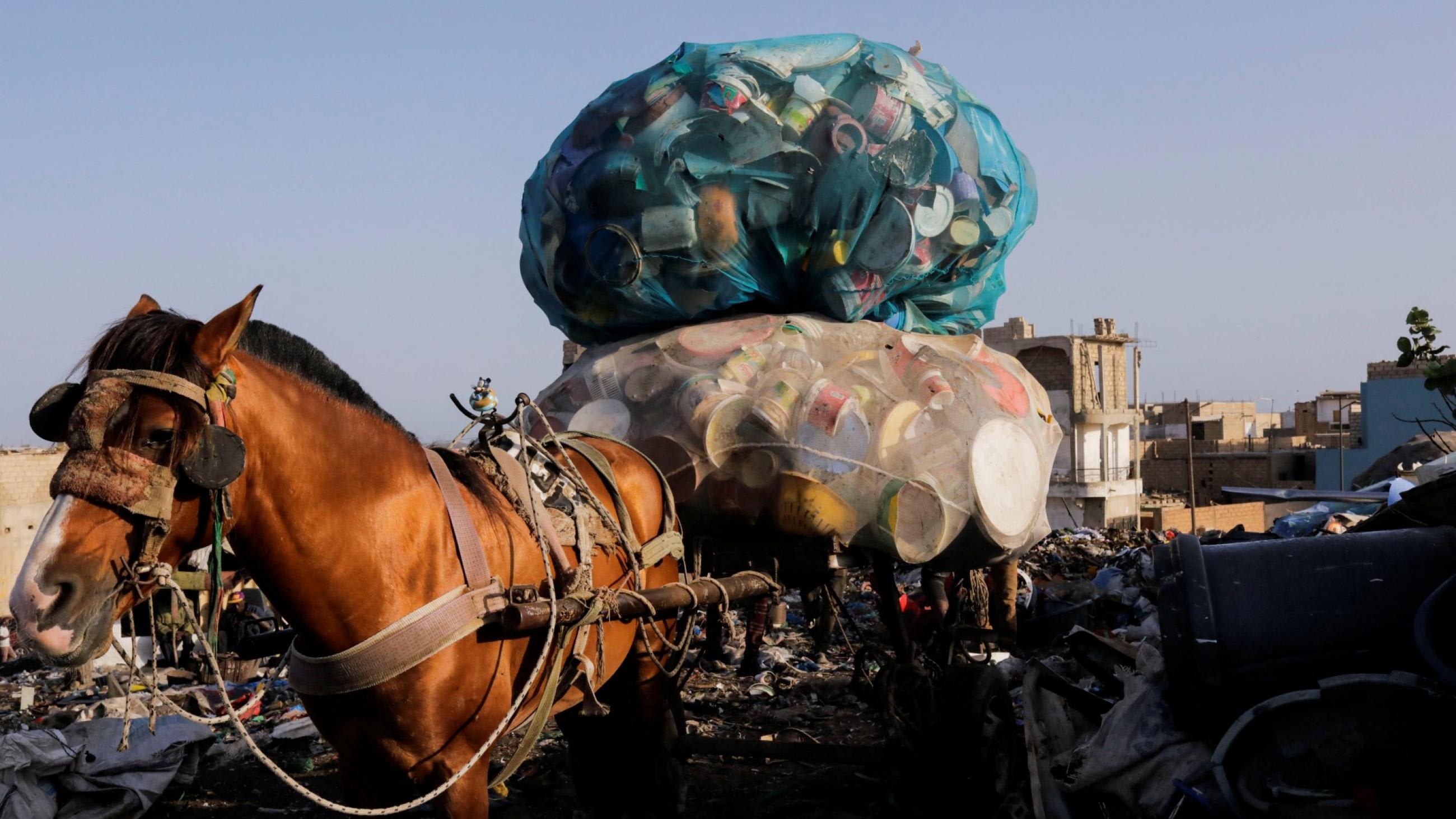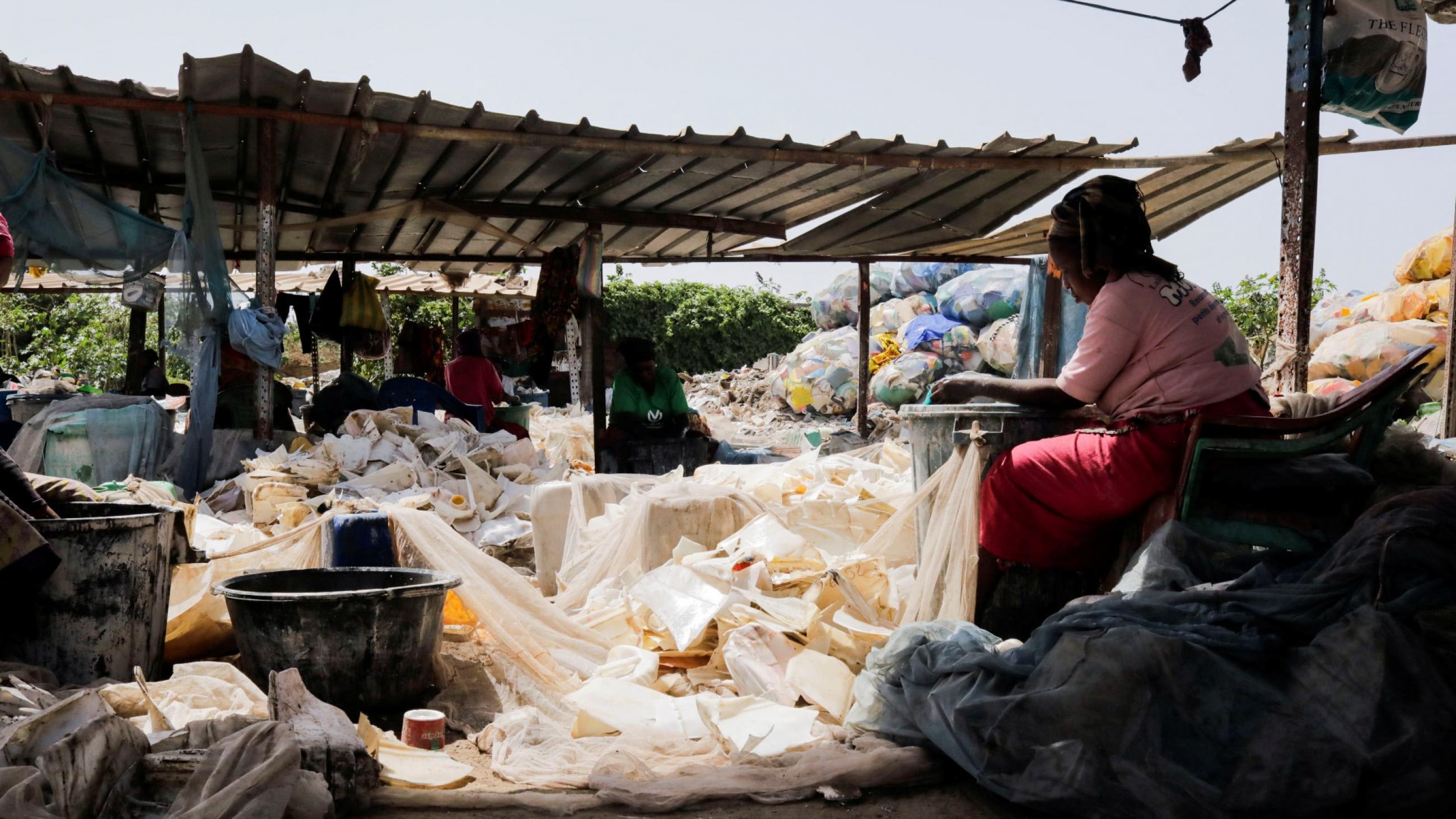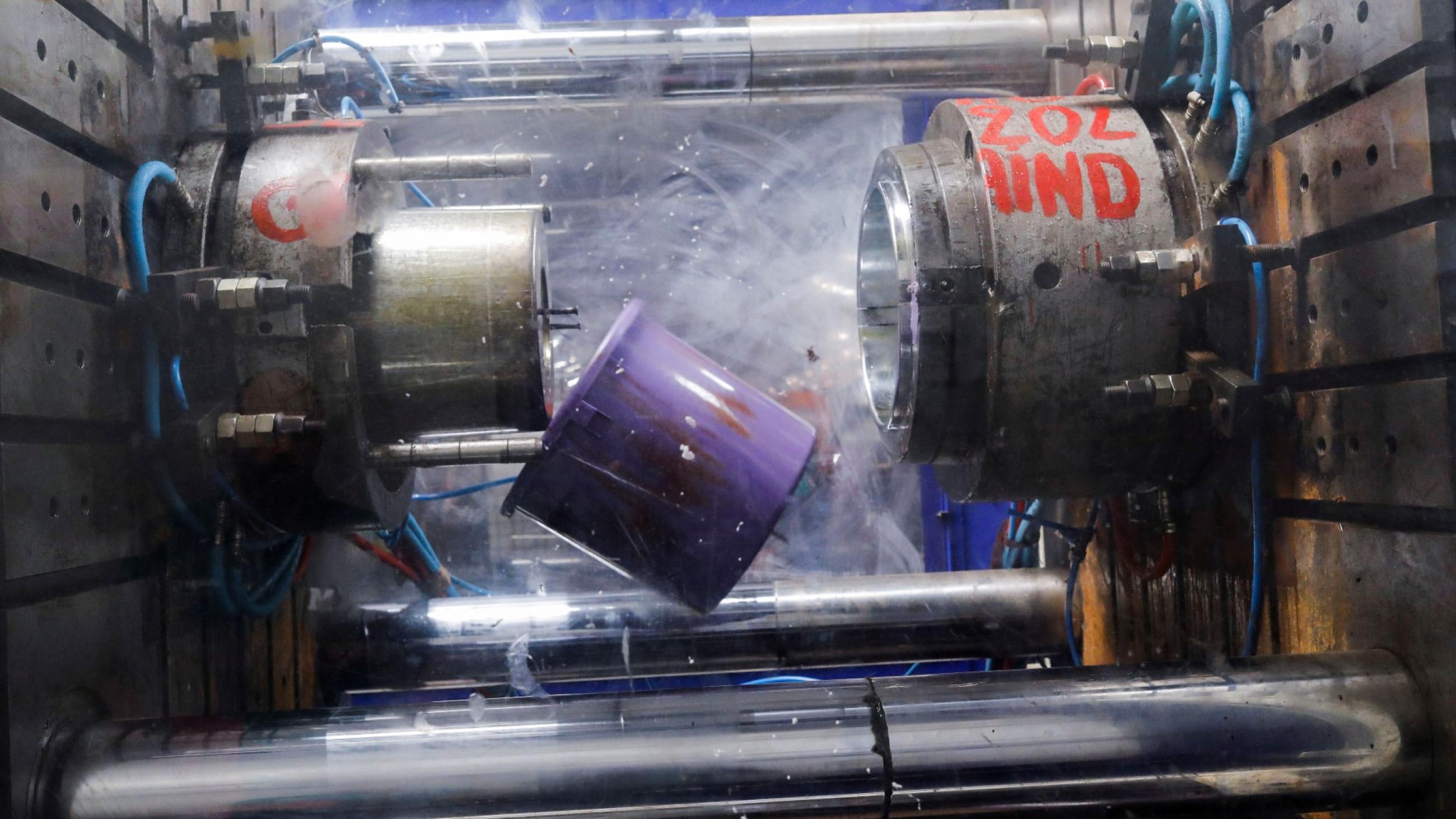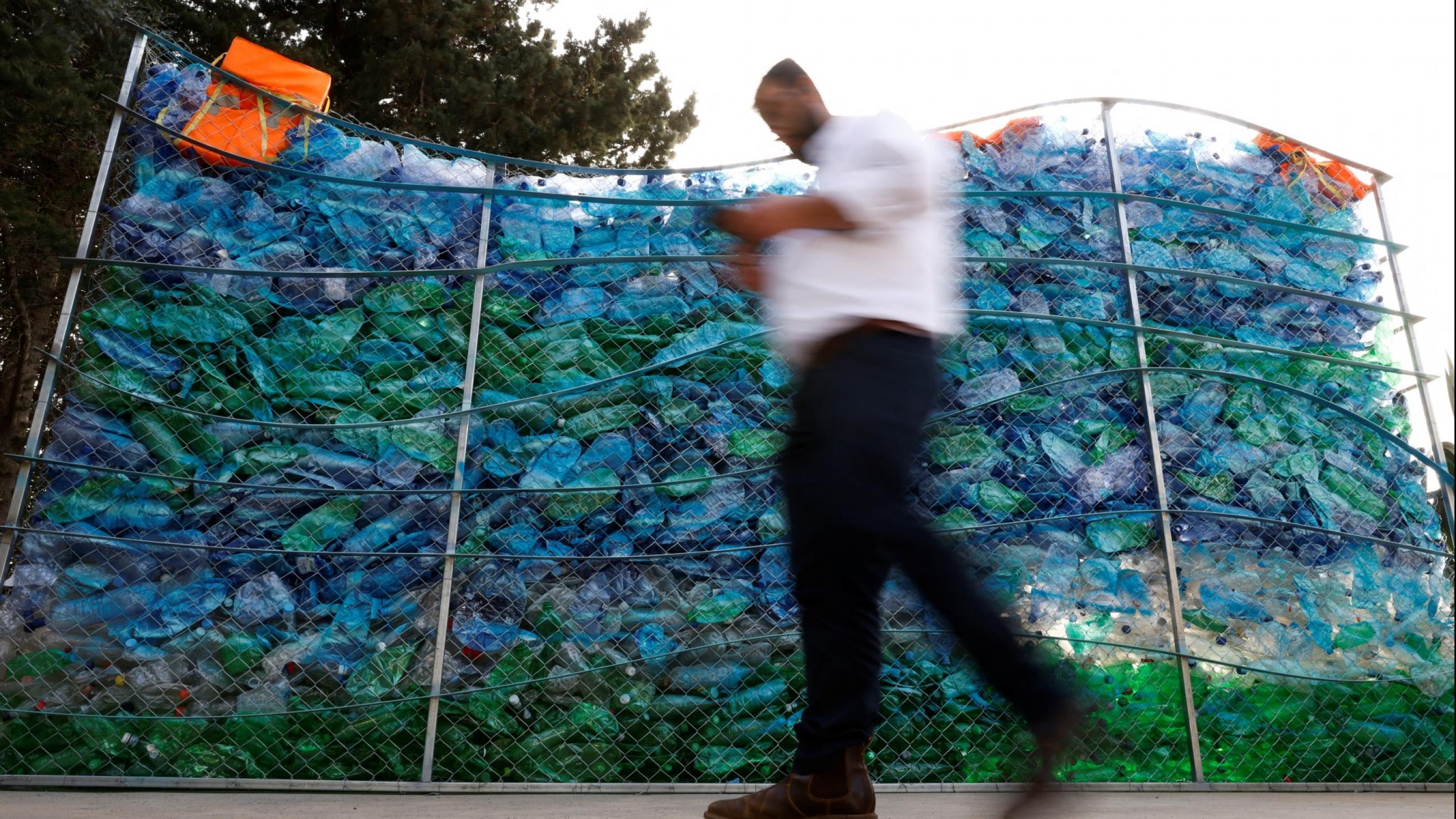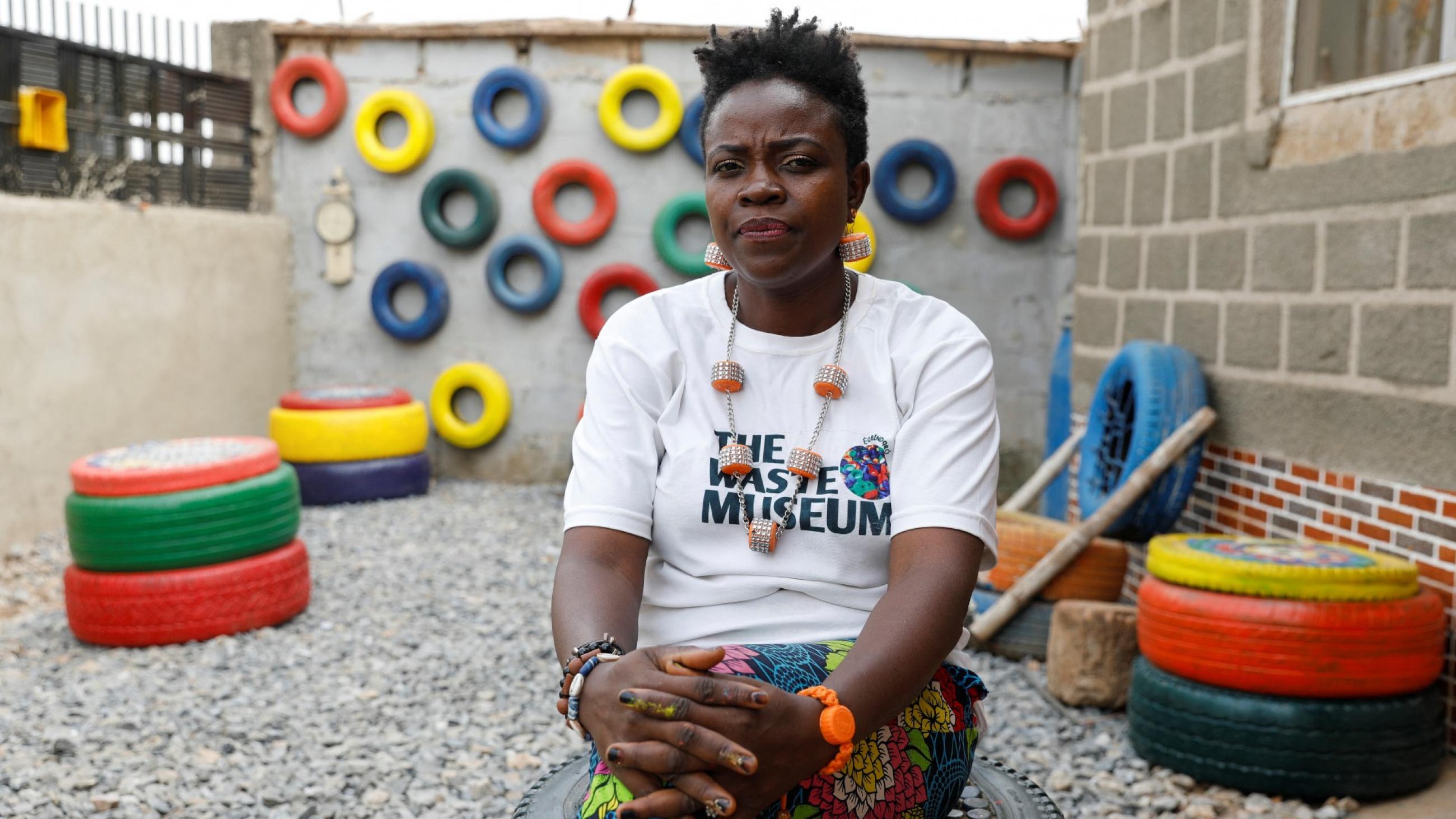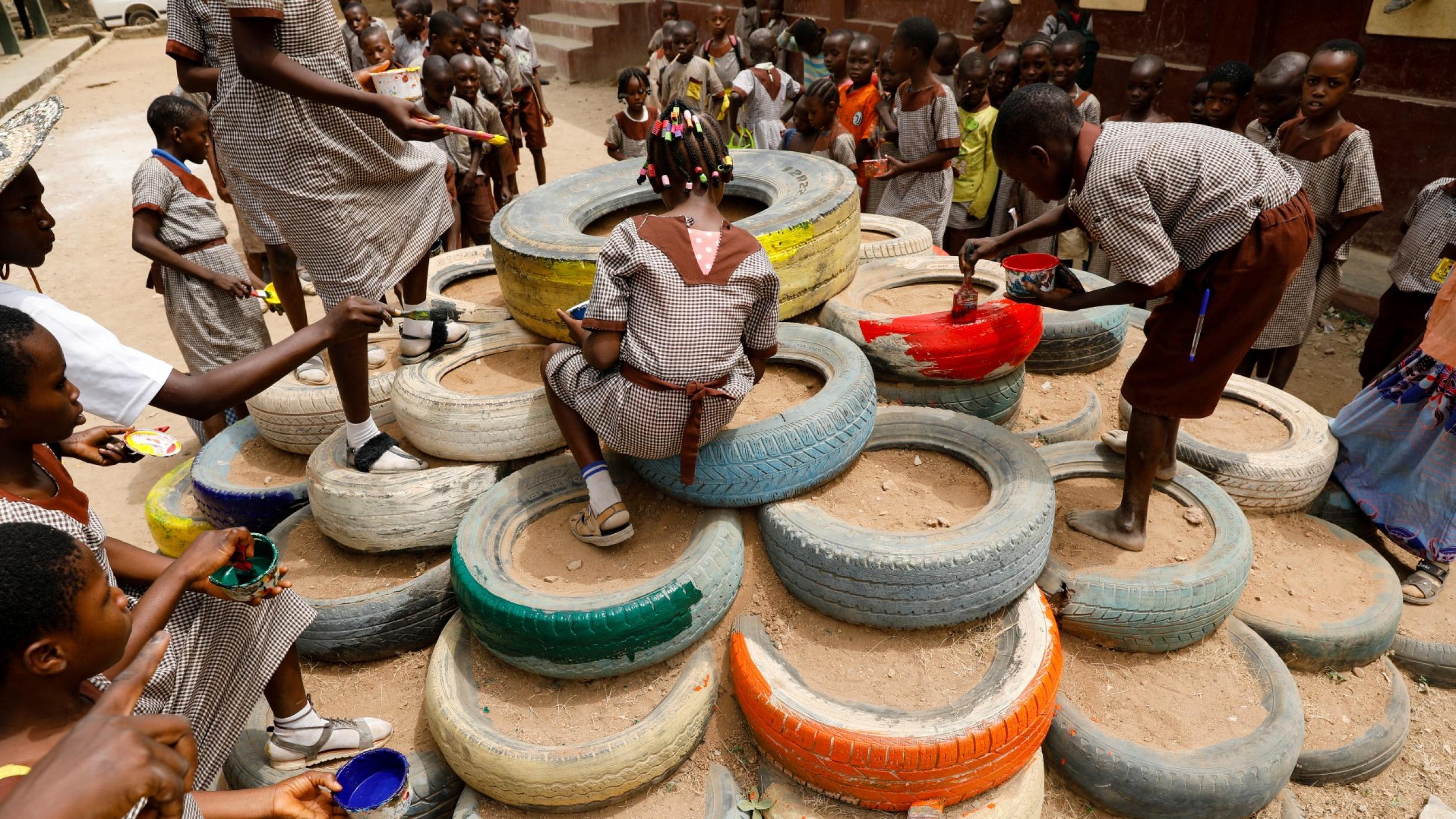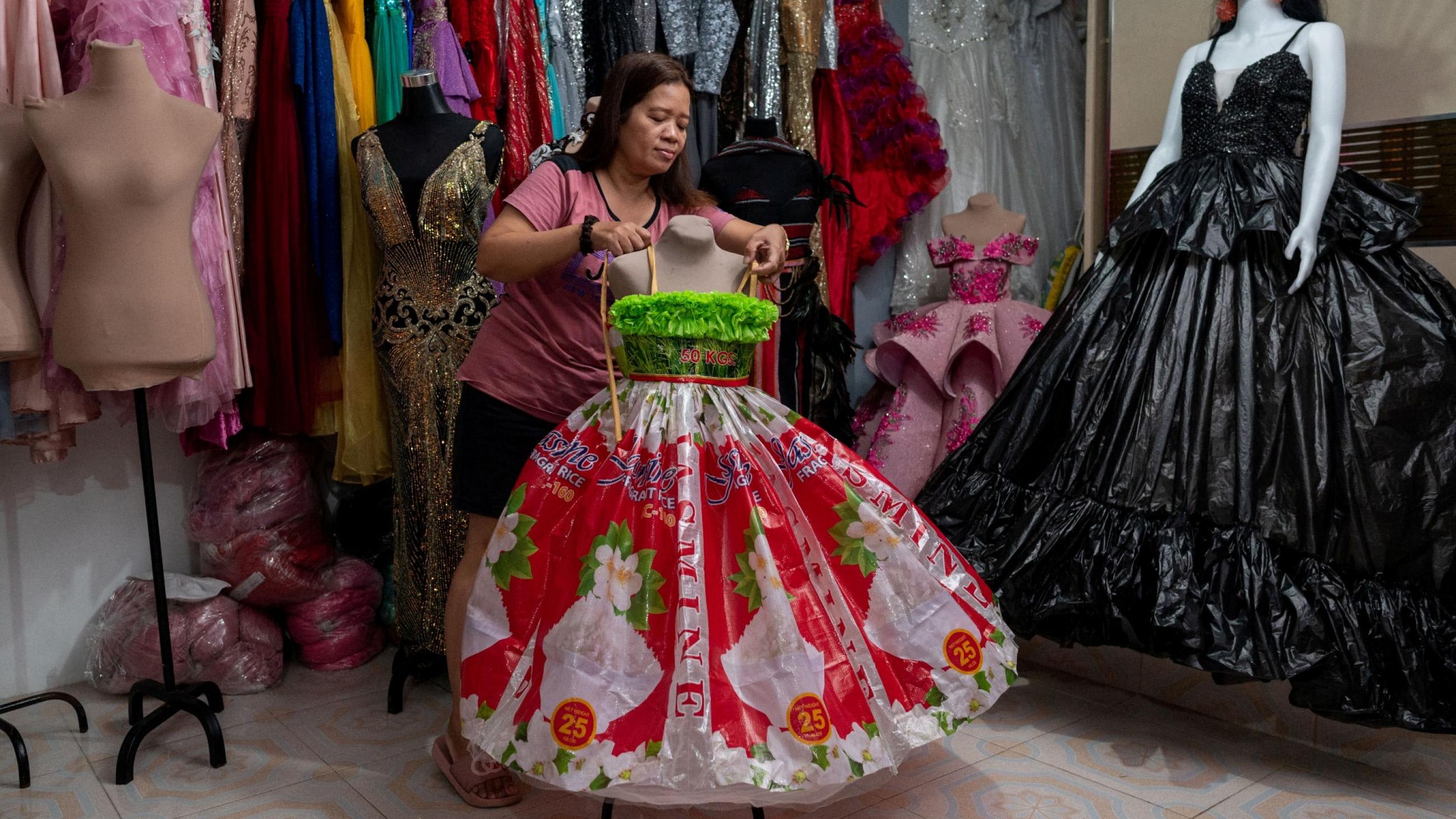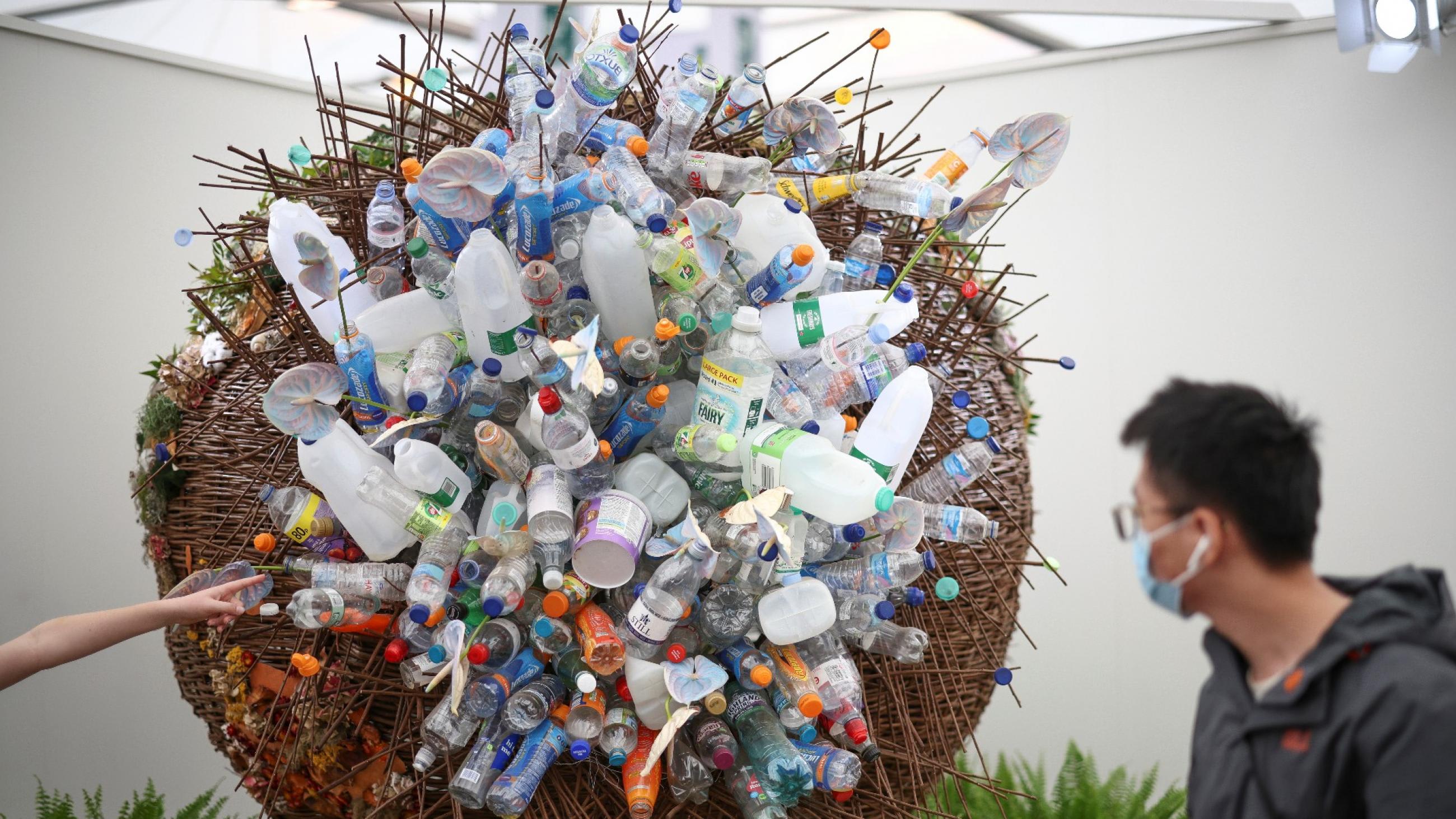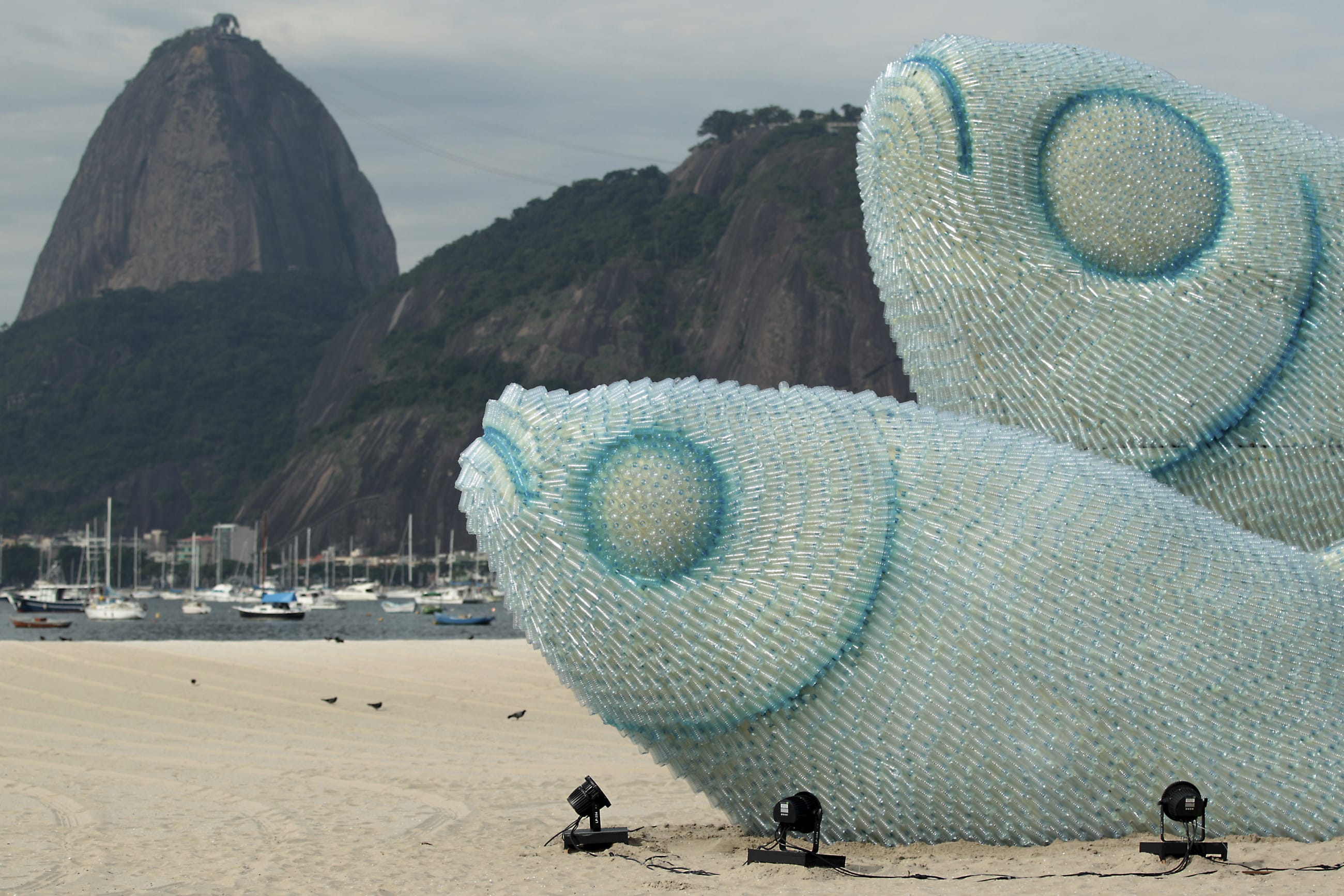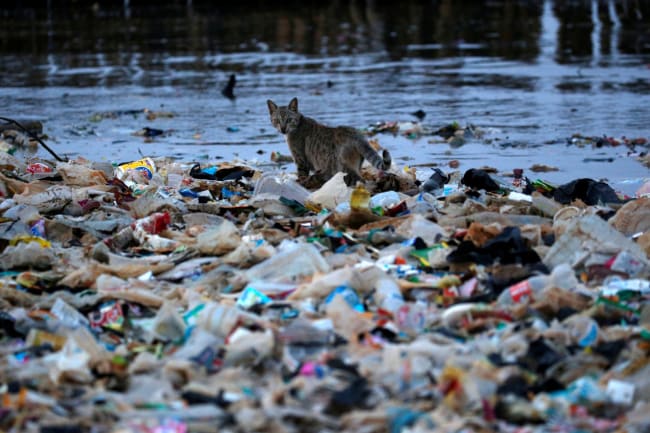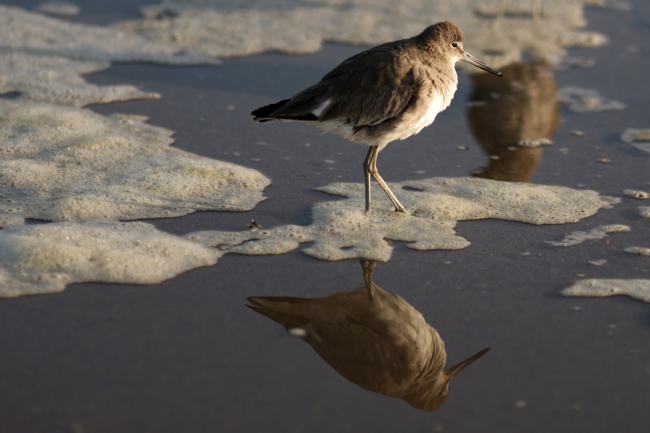The world has a plastics problem, and the United States the top offender. While China is the world's largest plastic producer, a 2020 report found that the United States creates more plastic waste than other countries—42 million metric tons to be exact. India, China, and Brazil trailed behind.
In 2021, Americans only recycled about 5 percent of post-consumer plastic waste, a drop from 9.5 percent in 2014. But even at its peak, the United States struggled to properly recycle plastics. One article reported that most of the millions of tons of plastic the United States exported to China for recycling in 2015 was deemed non-recyclable–largely due to food contamination–and ended up in landfills in China. In 2017, China stopped accepting most plastic recycling and decided to only take the cleanest plastics. So, as the United States' and other countries' plastic waste ricochets across the world in a bid to be recycled, some companies and individuals are coming up with creative solutions to reduce plastic consumption and repurpose used plastics that could otherwise end up in landfills.
From dresses made out of recycled plastic bottles, playgrounds constructed from upcycled tires, and everything in between, here is how old plastics are finding new life.

